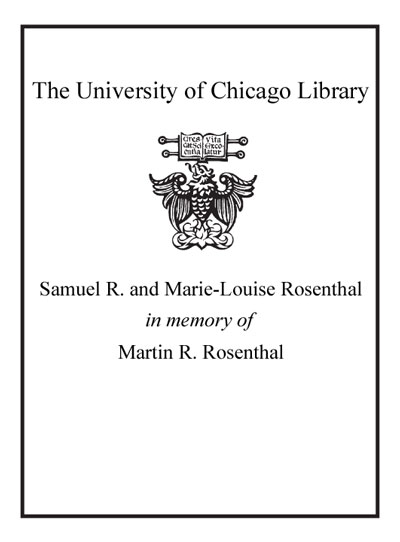Review by Choice Review
Thurmond's work is an intellectually significant, challenging monograph, a book for grape and wine lovers steeped in classical history education. It presents information regarding viticultural and oenological conditions from over 3,000 years ago, when understanding fundamental biology of grapevine growth and production and the microbiological underpinnings of fermentations were still thousands of years in the future. Given the challenges with knowledge, it seems remarkable that significant vine yields and palatable wines were produced. It is enjoyable to read of trial and error experiences and subsequent differences of opinion resulting from opposing conditions of culture. Those differences seem familiar to those observed among 21st-century viticulturists and oenologists. This book's information helps any oenophile seeking to understand the relationship among grapes, wine, and Western civilization. It is not an easy read. For one unfamiliar with the historical context, a computer is needed to define some of the employed terms. Nonetheless, the author illustrates, through the use of examples by Cato, Columella, Pliny, Palladius, Vergil, and Varro, that although much information was unknown, a significant amount was understood from a practical standpoint. Summing Up: Recommended. Upper-division undergraduates and above; researchers and faculty. --Gordon Stanley Howell, Michigan State University
Copyright American Library Association, used with permission.
Review by Choice Review

